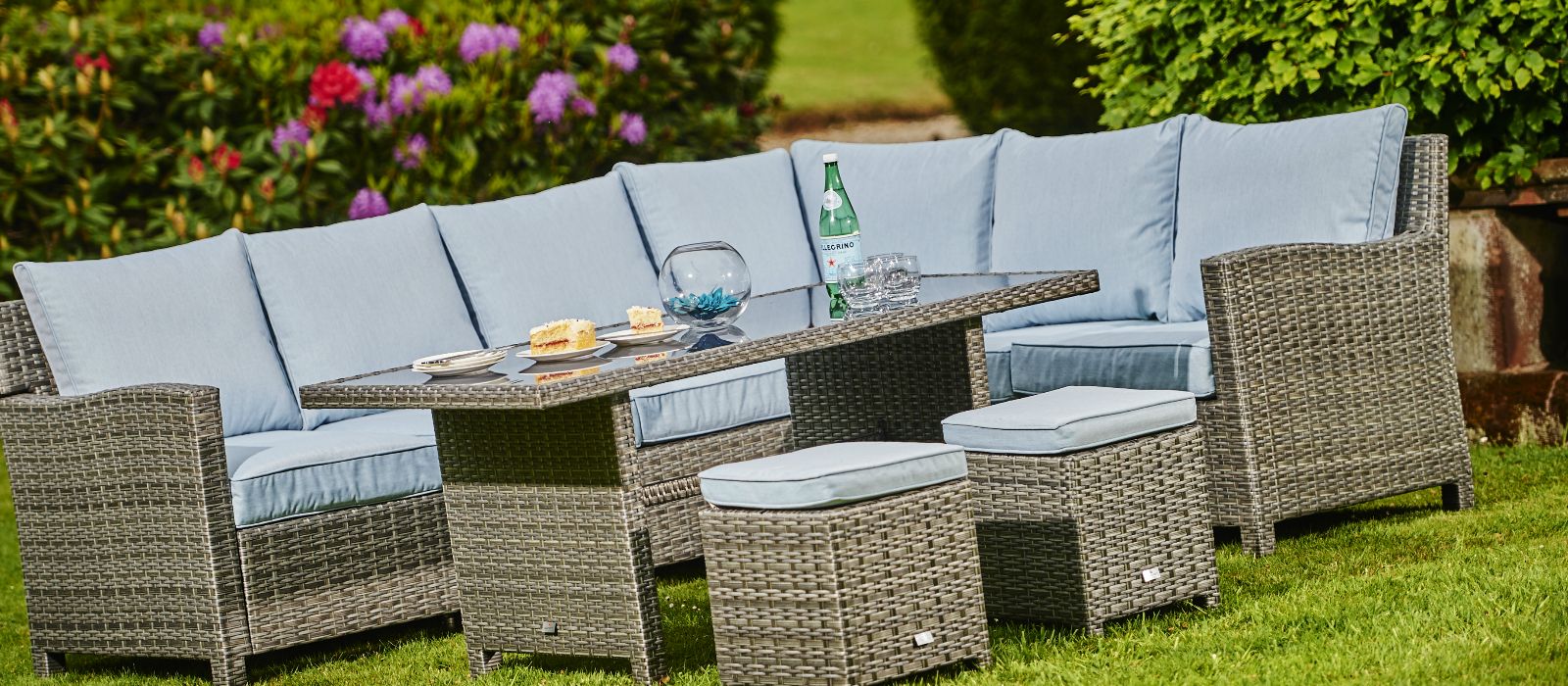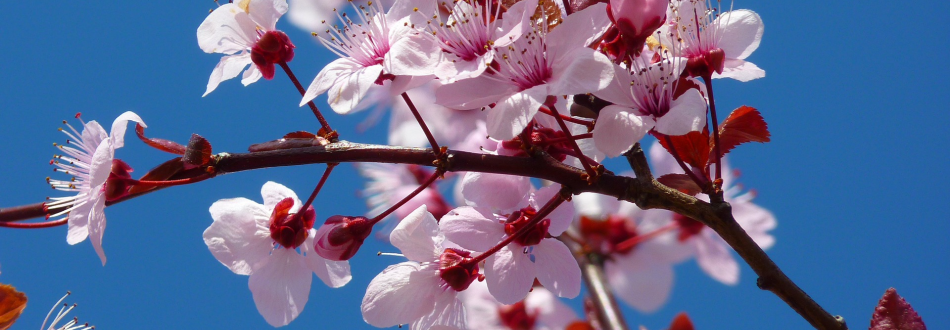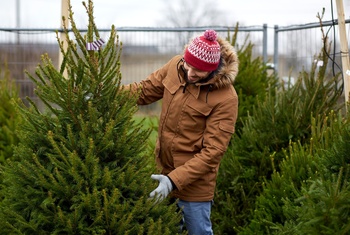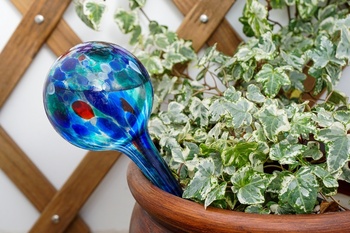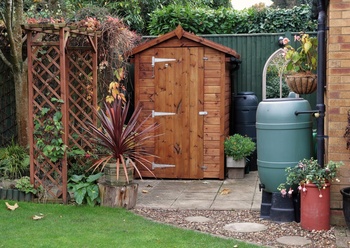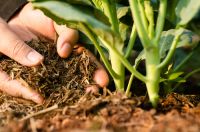
Give everything a spring feed to get your plants up and raring to go again after a long, hard winter. The soil can often become really short on nutrients after a long battering by rain, wind and snow, so that by spring, when everything starts to grow again, it’s not at its best. So a spring feed is arguably the most important of them all, kick-starting your garden with a boost of goodness just when your plants most need it.
Overwintering vegetables such as spring cabbages, overwintered broad beans or kale benefit from a fast-acting liquid fertiliser such as liquid seaweed to pep up flagging leaves; just add a capful to the watering can and they’ll bounce back into productivity. For most other plants, reach for slow release fertilisers such as blood, fish and bone, bonemeal and pelleted poultry manure.
You’ll find these in easy-to-use packs here at the garden centre in Nantgarw. They take a little while to get going, so if you apply them now they kick in just as your plants start to put on some serious growth. Then they drip-feed the soil steadily for several months, making them fantastic value for money.
Choose a damp day to fertilise your plants so that the fertiliser is more readily absorbed. Scatter over the soil’s surface at a rate of a couple of handfuls per square metre, depending on the type of fertiliser you choose (check dosage rates on the packet and always follow manufacturer’s instructions). Gently fork the soil over afterwards to work the fertiliser into the top layer. Make sure there’s no fertiliser lying against the stems of your plants, as direct contact can cause scorching. Finish off with a mulch of garden compost, well-rotted stable manure or soil improver over the top to help lock the nutrients and moisture in place.

